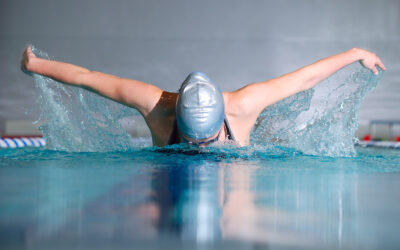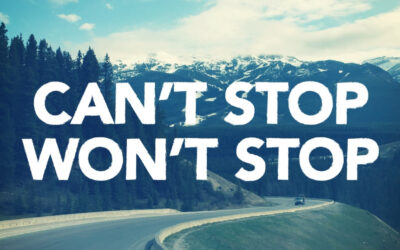As I neared the top of the initial 1.5 mile climb on the Caldera 10 km run course, I found the aid station. I slowed to take a cup of Gatorade. And that’s when she passed me. Oh Crap! I had no idea another woman was so close! But I had to hydrate. The next section of the run consisted of steep ups and downs. I couldn’t catch her. Every downhill I would gain some ground but just wasn’t able to close the gap. Until . . . the long downhill. I didn’t know the climbing was over but saw the long stretch of downward sloping road ahead. At the top, I leaned forward, relaxed and let myself fly down. Thankfully, I had practiced this technique. I soon passed her and a couple other men, and then I continued to pull away, speeding towards the finish line.
Although I may not have been as fast as my competitor on the climbs, I had a better descending technique. This skill made the difference between my victory or defeat. We often overlook sports technique in training. Some of us feel that we would spend our time better if we just developed our cardiovascular engines. However, the fittest athlete does not always win the race . . .
Several years ago I was in a classic ski race in CO. A male friend had also entered the competition. He was a superior cyclist with outstanding aerobic capacity well above mine. Classic skiing has very precise technique. If your timing isn’t right, you will repeatedly slip and become excruciatingly frustrated. Being more of a skate skier with limited experience on the classic skis, he struggled as I skied away.
Every sport requires attention to technique. Failure to do so can not only lose you the race, but it can also get you hurt. Prolonged asymmetrical movements cause “wear and tear” in the joints, leading to chronic pain and injury. Riding my bike for hours with poor position and biomechanics caused degeneration of the cartilage in my knee, requiring surgery. Don’t let this happen to you!
The first step to moving well for sport is to have a well-aligned and properly functioning body. You have heard me say this many times. Once you’ve established this, you need to optimize the sport’s specific movements. We assume we know how to do things like run and swim with good form because we learned when when were young, but that may no longer be true. Years away from the sport, compensated movement patterns due to pain and poor posture and engrained bad habits change our efficiency of movement.
Executing sports technique without compensation will improve your performance and keep you healthy. Whatever your sport – golf, soccer, tennis, cycling, hiking – an investment in proper technique is essential. Start today by registering for an upcoming clinic or scheduling a sports technique lesson.



